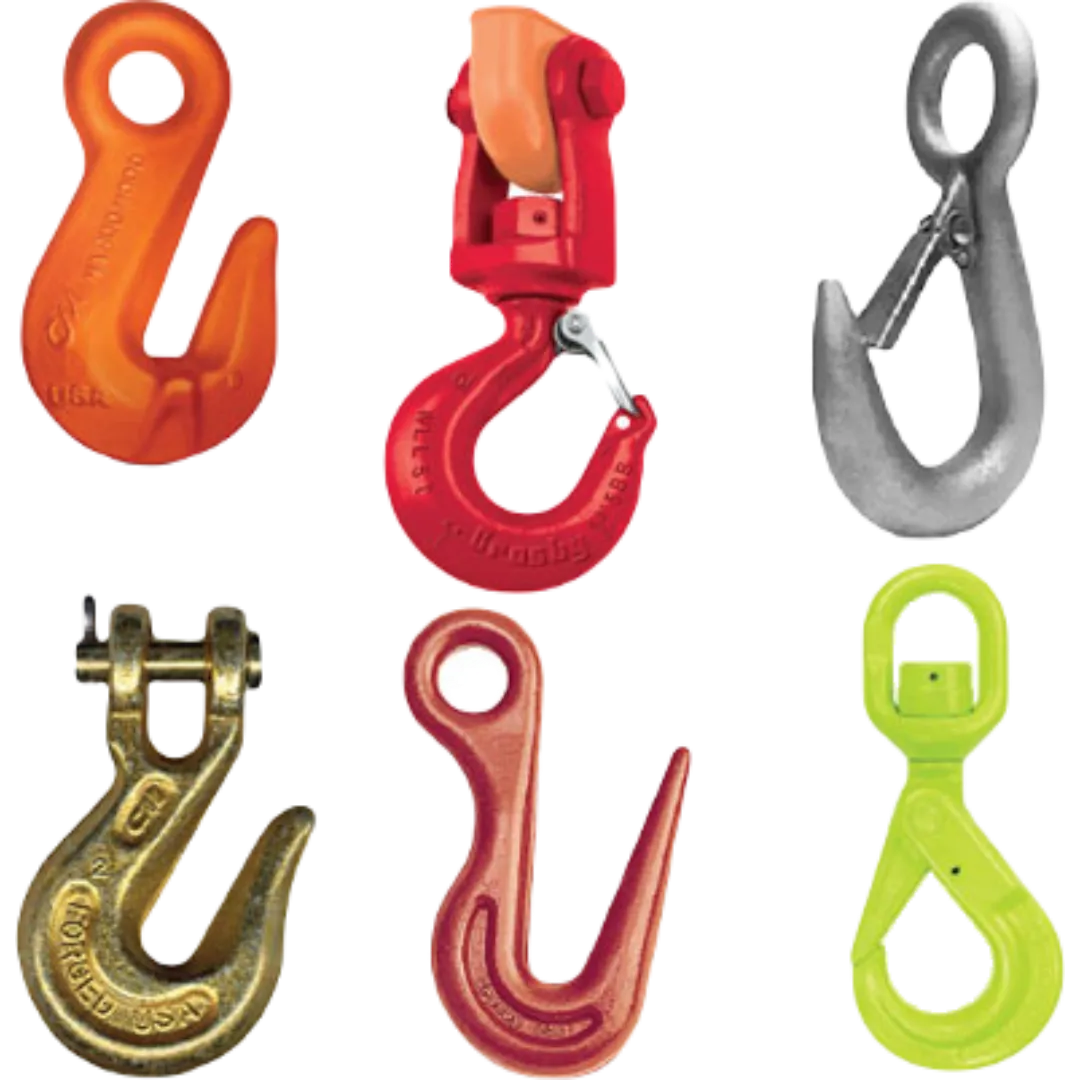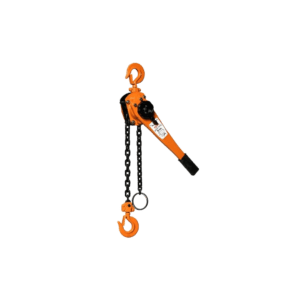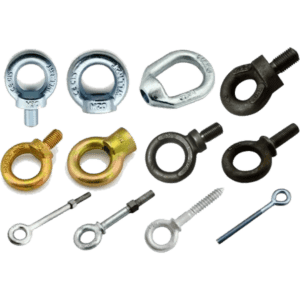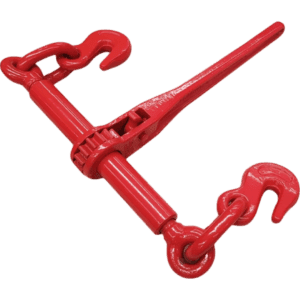Lifting hooks are integral parts of the rigging and lifting process, used to connect and secure loads for transportation. They come in various types, including single hooks, double hooks, and swivel hooks, with each designed to handle specific load requirements and applications. Lifting hooks are made from high-strength steel, ensuring they can withstand the forces involved in lifting heavy loads safely. They typically feature a latch or locking mechanism to prevent accidental detachment of the load during operation. These hooks are commonly used in construction, industrial, and shipping sectors and must meet safety standards such as ASME B30.10 and SASO 1501 to ensure reliability and safety.
Key Features:
- Durability: Made from high-strength steel for maximum load-bearing capacity.
- Secure Locking Mechanism: Equipped with latches or safety pins to prevent accidental release.
- Versatility: Available in single-hook, double-hook, and swivel hook designs.
- Corrosion Resistance: Some hooks are galvanized or coated to resist corrosion.
Types and Standards:
- Swivel Hooks: Designed to rotate, allowing for more flexibility in lifting.
- Single and Double Hooks: Simple, reliable hooks for basic lifting tasks.
- **ASME B30.10, SASO 1501: Safety standards that ensure the lifting hooks meet rigorous strength and reliability requirements.
Brands Available:
Crosby, Kito, Harrington, Peerless, and Lift-All offer a wide range of lifting hooks, from standard models to more specialized hooks for specific lifting needs.
General Maintenance:
Inspect lifting hooks regularly for cracks, deformation, or wear on the latch. Ensure that the locking mechanism works properly and that the hook is free from corrosion. Clean and lubricate hooks after use, and store them in a dry, protected area to prevent environmental damage.





